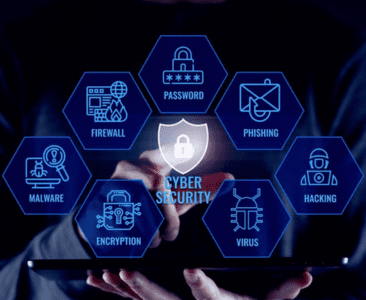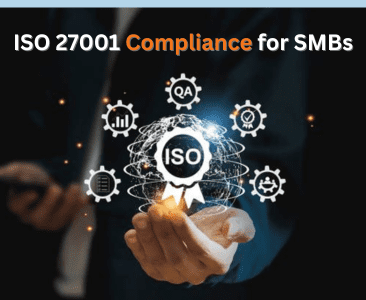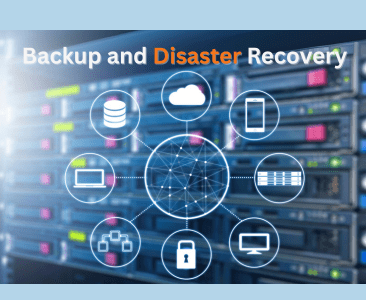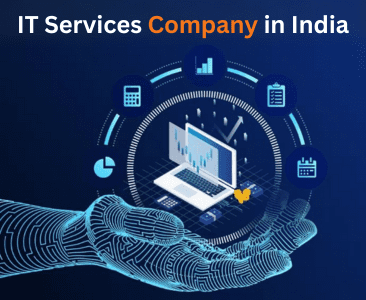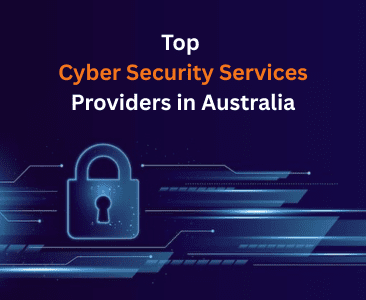Introduction
In today’s digital-first environment, organizations handle vast amounts of sensitive data every day. Protected Health Information (PHI) and Personally Identifiable Information (PII) are two of the most critical types of data, and they’re also the most targeted by cybercriminals. Unfortunately, many organizations unknowingly make IT mistakes that leave this information vulnerable.
Failing to prioritize PHI and PII security can lead to devastating breaches, legal penalties, and lasting damage to your reputation. In this blog, we’ll explore the most common IT mistakes that compromise data and how to fix them before they become costly.

1. Weak Access Controls
The Mistake:
Allowing employees unrestricted access to sensitive data is a major risk. Without clear role-based permissions, PHI and PII can be viewed, altered, or leaked, whether intentionally or accidentally.
The Fix:
Implement Role-Based Access Controls (RBAC) to ensure that individuals only access the information required for their roles. Combine this with multi-factor authentication (MFA) for additional protection. Regular audits can help verify access levels and reduce exposure.

2. Failure to Encrypt Sensitive Data
The Mistake:
Transmitting or storing PHI and PII without encryption is like leaving your doors wide open. Unencrypted data is an easy target for hackers.
The Fix:
Use end-to-end encryption for data at rest and in transit. Adopt industry standards such as AES-256 encryption, and ensure mobile devices, backups, and cloud platforms are also encrypted.
Encryption is a foundational aspect of strong PHI and PII security and should never be optional.
3. Using Outdated or Unsupported Software
The Mistake:
Legacy systems that are no longer supported with security updates can contain known vulnerabilities. Cybercriminals are quick to exploit these weaknesses.
The Fix:
Maintain a robust patch management policy. Regularly update all software, operating systems, and applications. Use vulnerability scanning tools to identify and resolve risks proactively. Keeping your systems current is key to maintaining effective PHI and PII security.
4. Misconfigured Cloud Storage
The Mistake:
Many organizations move to the cloud for convenience but fail to configure storage properly. Public access settings and weak credentials can expose sensitive information online.
The Fix:
Secure your cloud environments with encryption, access control, and continuous monitoring. Perform regular audits and utilize tools that automatically detect misconfigurations. A secure cloud setup is essential for maintaining PHI and PII security in modern infrastructures.
5. Lack of Employee Training
The Mistake:
Even the most advanced systems can’t protect against human error. Employees who aren’t trained on cybersecurity practices often fall victim to phishing, social engineering, or accidental data sharing.
The Fix:
Conduct frequent security awareness training that includes real-life scenarios and simulations. Teach employees how to recognize suspicious emails, handle sensitive data, and respond to threats. Cultivating a culture of awareness greatly improves PHI and PII security.
6. Improper Disposal of Data and Devices
The Mistake:
Deleting files or throwing away hardware without proper sanitization can leave data retrievable by malicious actors.
The Fix:
Establish a secure data disposal policy. Use certified software to wipe hard drives and destroy physical media. Shred paper documents containing sensitive data. Data destruction is a critical but often overlooked step in ensuring PHI and PII security.
7. No Incident Response Plan
The Mistake:
When a breach occurs, many organizations don’t know what to do—leading to delays, confusion, and deeper damage.
The Fix:
Develop a detailed Incident Response Plan (IRP) that outlines how your organization will detect, respond to, and recover from data breaches. Conduct drills and simulations to keep your team prepared. An effective IRP is a core component of any serious PHI and PII security strategy.
Conclusion
In an era of increasing cyber threats, protecting PHI and PII is more important than ever. Mistakes like weak access controls, lack of encryption, and poor training expose organizations to significant risk. Fortunately, these risks can be minimized with proactive planning, updated systems, and a focus on best practices.
Prioritizing PHI and PII security not only ensures regulatory compliance. It also strengthens trust with your clients, partners, and stakeholders. The time to act is now. Don’t wait for a breach to reveal the gaps in your defenses.
Partner with VGICS Global for Smarter PHI and PII Security
At VGICS Global, we understand that no two organizations are alike. That’s why we offer customized solutions to help you improve your PHI and PII security from the ground up. Whether you’re looking for compliance support, vulnerability assessments, or ongoing monitoring. We’ve got you covered.
✅ Our experts will assess your current security posture and help you close critical gaps.
✅ We bring deep expertise in HIPAA, GDPR, and global data protection regulations.
✅ We help your team stay secure, educated, and ready for anything.
🔐 Don’t wait for a data breach to take action.
👉 Contact vGics Global today for a free PHI and PII security consultation
Protect your data. Protect your future with vGics Global.


